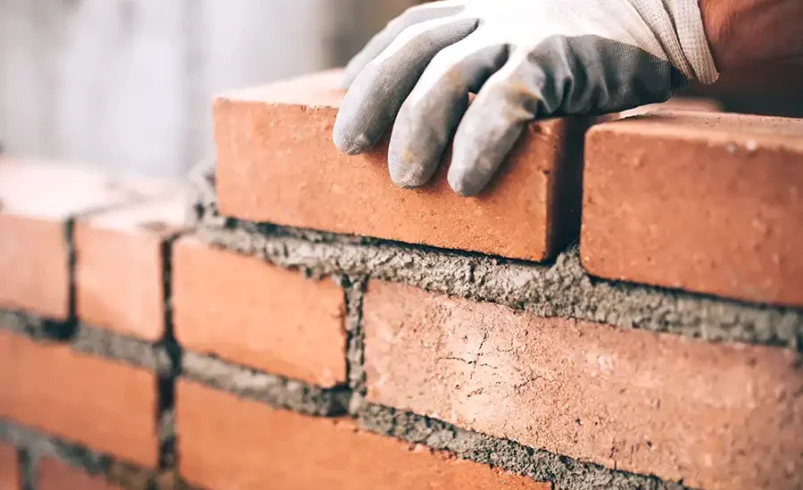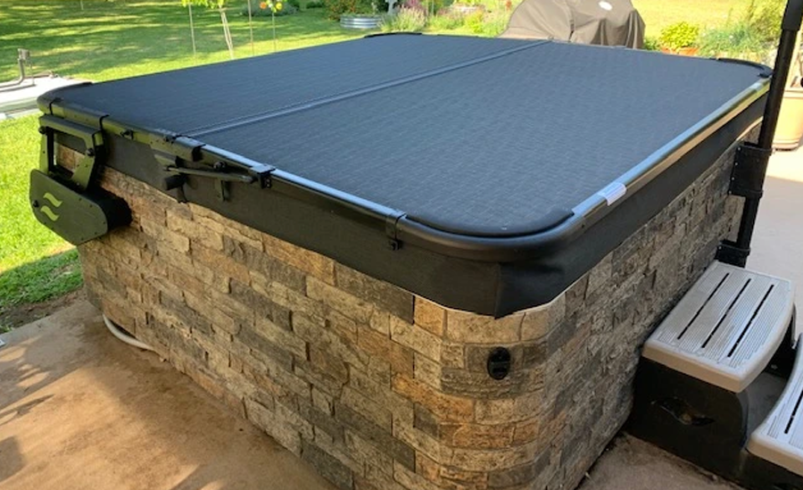Protecting Boston’s Heritage: The Role of Masonry Contractors in Preserving Historic Buildings

Boston is a city rich in history, with centuries-old buildings that stand as testaments to the craftsmanship and architectural brilliance of the past. From the cobblestone streets of Beacon Hill to the historic facades of Back Bay, the city’s architectural heritage is an integral part of its identity. However, preserving these historic structures is no easy feat. Time, weather, and urban development pose constant threats to Boston’s historic masonry buildings, making the role of masonry contractors essential in their preservation.
The Challenges of Restoring Historic Masonry
Restoring historic buildings in Boston presents a unique set of challenges that require specialized expertise. Unlike modern construction, historic masonry restoration involves working with older materials, many of which are no longer in production. This means that masonry contractors must source or recreate materials that match the original construction as closely as possible.
Some of the key challenges include:
- Aging Materials: Many historic buildings were constructed using bricks, stones, and mortars that have aged over centuries. These materials deteriorate over time and require careful handling to avoid further damage.
- Matching Original Construction Methods: Traditional construction techniques often differ significantly from modern methods. Skilled masonry contractors must understand these techniques and replicate them to maintain historical accuracy.
- Structural Integrity: Over time, the foundation and walls of historic buildings can weaken. Contractors must assess the structure’s stability before beginning restoration work.
- Weather Damage: Boston’s harsh winters, heavy rainfall, and fluctuating temperatures contribute to the deterioration of historic masonry, requiring restoration efforts to be both durable and weather-resistant.
- Preservation Regulations: Working on historic buildings often requires adherence to strict preservation guidelines set by local and national authorities. These regulations ensure that any restoration work maintains the historical integrity of the structure.
Successful Masonry Restoration Projects in Boston
Many of Boston’s most cherished landmarks have undergone masonry restoration to ensure they remain standing for future generations. Some notable examples include:
- The Old State House: As one of Boston’s oldest public buildings, the Old State House has undergone multiple masonry restoration projects to preserve its iconic red brick facade and intricate detailing.
- Trinity Church: Located in Copley Square, this masterpiece of Richardsonian Romanesque architecture has required specialized masonry work to maintain its stunning stone exterior.
- Faneuil Hall: A central landmark in Boston’s history, Faneuil Hall has been carefully restored by masonry experts to ensure its brickwork and stone elements remain intact.
- Beacon Hill Brownstones: Many of the historic brownstones in Beacon Hill have undergone careful masonry restoration to maintain their characteristic Federal and Victorian architectural styles.
These successful projects highlight the importance of experienced masonry contractors in keeping Boston’s historic character alive.
Collaboration: The Key to Successful Preservation
Preserving Boston’s historic buildings is not solely the work of masonry contractors. It requires collaboration between multiple professionals, including architects, preservationists, historians, and city officials. Each plays a vital role in ensuring that restoration efforts align with historical accuracy and meet preservation guidelines.
- Architects: Provide detailed plans and oversee the design aspects of restoration to ensure historical elements are retained.
- Preservationists: Offer insights into historical accuracy, helping to determine the best materials and techniques to use.
- City and Preservation Authorities: Ensure that all restoration work complies with regulations to protect the historical significance of the building.
- Masonry Contractors: Execute the physical restoration, applying their expertise in traditional and modern masonry techniques.
This collaborative effort ensures that every restoration project balances historical integrity with structural durability.
Traditional and Modern Techniques in Masonry Restoration
Masonry restoration is a blend of traditional craftsmanship and modern innovation. Skilled contractors use a combination of time-honored techniques and new technologies to restore historic structures effectively.
Traditional Techniques:
- Lime Mortar Repointing: Many historic buildings were built using lime-based mortar rather than cement-based mortar. Masonry contractors carefully remove old, deteriorated mortar and replace it with matching lime mortar to maintain the building’s historical accuracy.
- Stone Carving and Repair: Historic stone facades often require hand-carved replacement pieces to restore damaged sections while blending seamlessly with the original work.
- Brick Matching: Finding or producing bricks that match the original construction is essential to maintaining a uniform and authentic appearance.
Modern Techniques:
- Laser Cleaning: Used to remove pollutants and grime from masonry surfaces without damaging the original material.
- Structural Reinforcement: Advanced techniques like carbon fiber reinforcement can strengthen historic masonry walls while preserving their appearance.
- Moisture Control Solutions: Modern water-repellent coatings help protect restored masonry from future damage while allowing the building to breathe naturally.
By blending traditional craftsmanship with modern advancements, masonry contractors ensure that Boston’s historic buildings remain both beautiful and structurally sound.
The Importance of Adhering to Preservation Guidelines
Historic buildings are subject to local, state, and national preservation laws that regulate restoration work. Masonry contractors must follow these guidelines to ensure that renovations respect the building’s historical significance. In Boston, organizations such as the Boston Landmarks Commission and the National Register of Historic Places provide oversight to protect the city’s architectural heritage.
Key preservation principles include:
- Minimal Intervention: Only making necessary repairs to preserve as much of the original material as possible.
- Reversible Techniques: Using restoration methods that can be reversed in the future if needed.
- Material Authenticity: Ensuring that replacement materials match the original ones in composition, texture, and color.
- Historical Documentation: Keeping detailed records of restoration work for future reference.
Strict adherence to these guidelines ensures that historic buildings maintain their authenticity while benefiting from modern reinforcement techniques.
Conclusion
Boston’s architectural heritage is a defining feature of the city, and masonry Boston contractors play a crucial role in its preservation. By overcoming the challenges of restoring aging materials, collaborating with architects and preservationists, and blending traditional techniques with modern innovations, these skilled professionals ensure that historic buildings remain standing for generations to come. From iconic landmarks to cherished brownstones, masonry restoration is essential to maintaining the beauty and history of Boston’s built environment.
For homeowners and building owners looking to restore their historic properties, working with experienced masonry contractors Boston is essential. Their expertise in masonry restoration ensures that these timeless structures continue to tell the story of Boston’s rich past while standing strong in the present and future.



